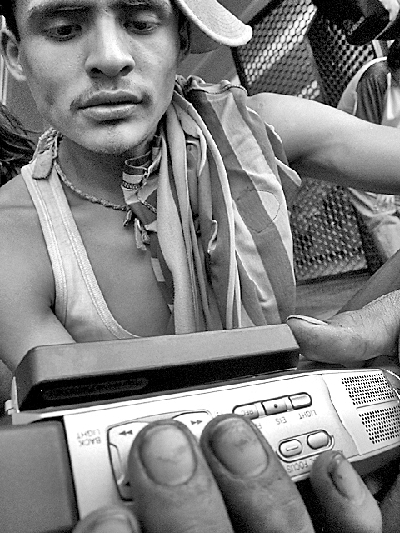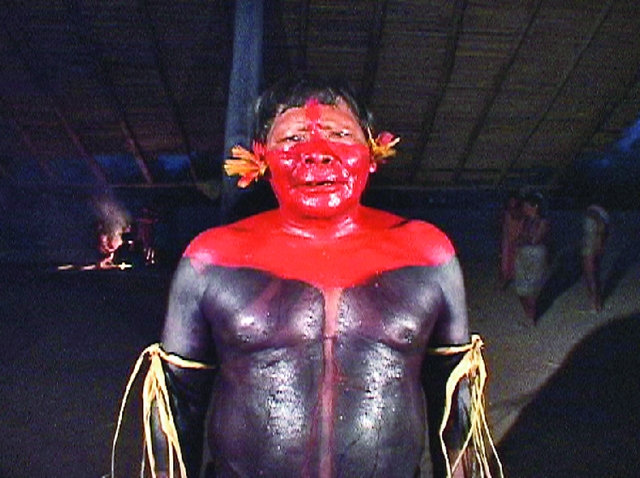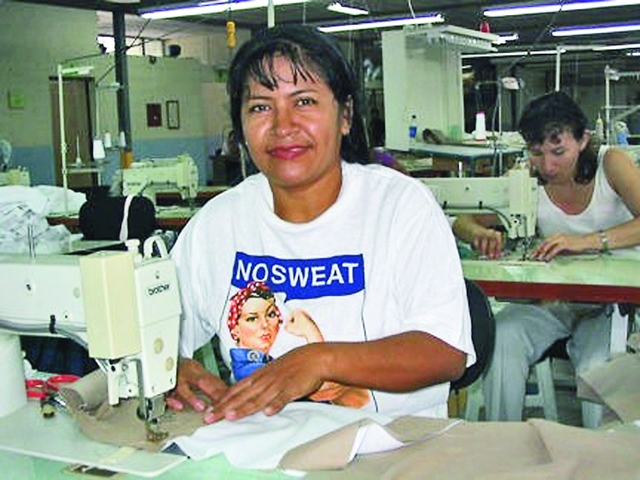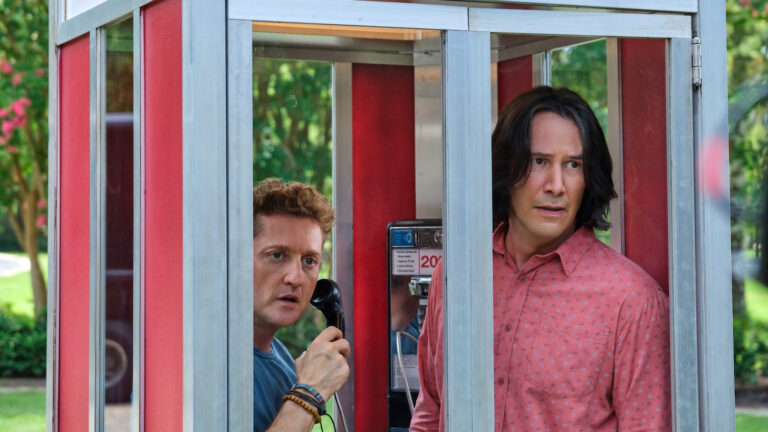Given New Mexico’s cultural history and its rather close proximity to Mexico, you’d think Spanish-language cinema would be rampant in this state. Aside from the odd Pedro Almodóvar screening and the occasional Spanish film series at the Hispanic Cultural Center, however, non-English cinema is still a relative rarity. For five years now, the annual Sin Fronteras Film Festival has tried to fill that gap.In addition to its stated goal to “support political justice, an ideology of liberation and films that counter images shown in mainstream media,” Sin Fronteras operates on multiple levels. Festival coordinator Yvette Morales believes “the overarching theme is creating a world without borders. We mean that in multiple ways: doing away with racism, sexism and homophobia as well as actual physical borders.” Morales points out that festival organizers are working hard to expand on the idea of what the term “borders” really means. “This year,” she promises, “we tried to take it to another level.” Eschewing the corporate sponsorship of past years, Sin Fronteras relied on university organizations and dedicated student volunteers to take this year’s event back to its roots. That means less money but far more passion behind the scenes. Thanks to UNM groups like SOLAS (Student Organization of Latin American Studies) and MEChA (Movimiento Estudiantil de Chicano/a de Aztlan), the fifth annual outing of Sin Fronteras is set to take place April 20, 21 and 28, bringing dozens of countercultural shorts, features and documentaries to venues across Albuquerque.Thematically as well as organizationally, the festival is expanding its borders. Morales is quick to point out that the word “Latino” is now conspicuously absent from the festival’s moniker. “Another thing we broke away from was taking the word ‘Latino’ out of film festival. The term was limiting. There are other marginalized groups. There are Native American and Afro-descendent people as well. And they’re not just south of the geopolitical border, they’re in the U.S. and Canada. We wanted to get across the idea that [these groups] are very similar, to show solidarity. It’s another reason we took out the term: to be more inclusive.”As the festival has grown and evolved, its popularity has increased. Morales points out that “because we’re in this technological world, we have a lot of support from people we’ve never met.” A network of film and social justice organizations across North, Central and South America jumped in to advocate for the festival, resulting in a major increase in the number of submissions. “The quality from prior years has gone up,” says Morales. “With our time constraints, unfortunately, we can’t show them all. We actually had to make some decisions.”At 6 p.m. on Friday, April 20, the doors to Out ch’Yonda (929 Fourth Street SW) swing wide and the festival kicks off with greetings, awards and a series of New Mexico-made shorts. Starting off the opening night screenings at 7 p.m. will be the Navajo film “When Your Hands are Tied” by Mia Boccella Hartle. This 56-minute documentary is described as “an educational film that explores the unique ways young Native Americans are finding to express themselves in a contemporary world while maintaining strong traditional lives.” The shorts “Making a Stand at Desert Rock” by Indigenous Action Media and “Conversation” by Nanobah Becker follow at 8:30 p.m. “The 1988 Land Grant Struggle at Tierra Amarilla” by Federico Reade is next with a director Q&A immediately afterward. After the films end, the “festival” atmosphere notches into top gear with musical entertainment, food and art vendors until midnight. The film screenings pick up again on Saturday, April 21, and Saturday, April 28, at City on the Hill Theater (3007 Central NE). The films, which run from 1 to 10 p.m. both days, are organized into thematic blocks, lasting about two hours and covering broad topics like New Mexican Filmmaking, Physical Borders, Native America, QueerX Filmmaking, Identity, Women’s Films and Social Justice. Glancing through the countries of origin, you’ll find such nations as Mexico, Brazil, Chile, Canada, Guatemala, El Salvador, Nicaragua y los Estados Unidos. Various Indian Nations from across the Americas are also represented.There is a $7 suggested donation per film block, but organizers say no one will be turned away due to lack of funds. In keeping with the goals of Sin Fronteras, this year’s festival is not about making money. In fact, proceeds from this year’s ticket sales will go to Comisión Paz y Justicia, an organization aiding the children of political prisoners in Oaxaca, Mexico.Says Morales, “We just want to make sure the message we’re sending as we get more popular is still one of peace and social justice.”
For more information and complete schedules for the Sin Fronteras Film Festival 2007, visit www.unm.edu/~solas/SinFronteras/DMW or www.myspace.com/SinFronterasFilms.






